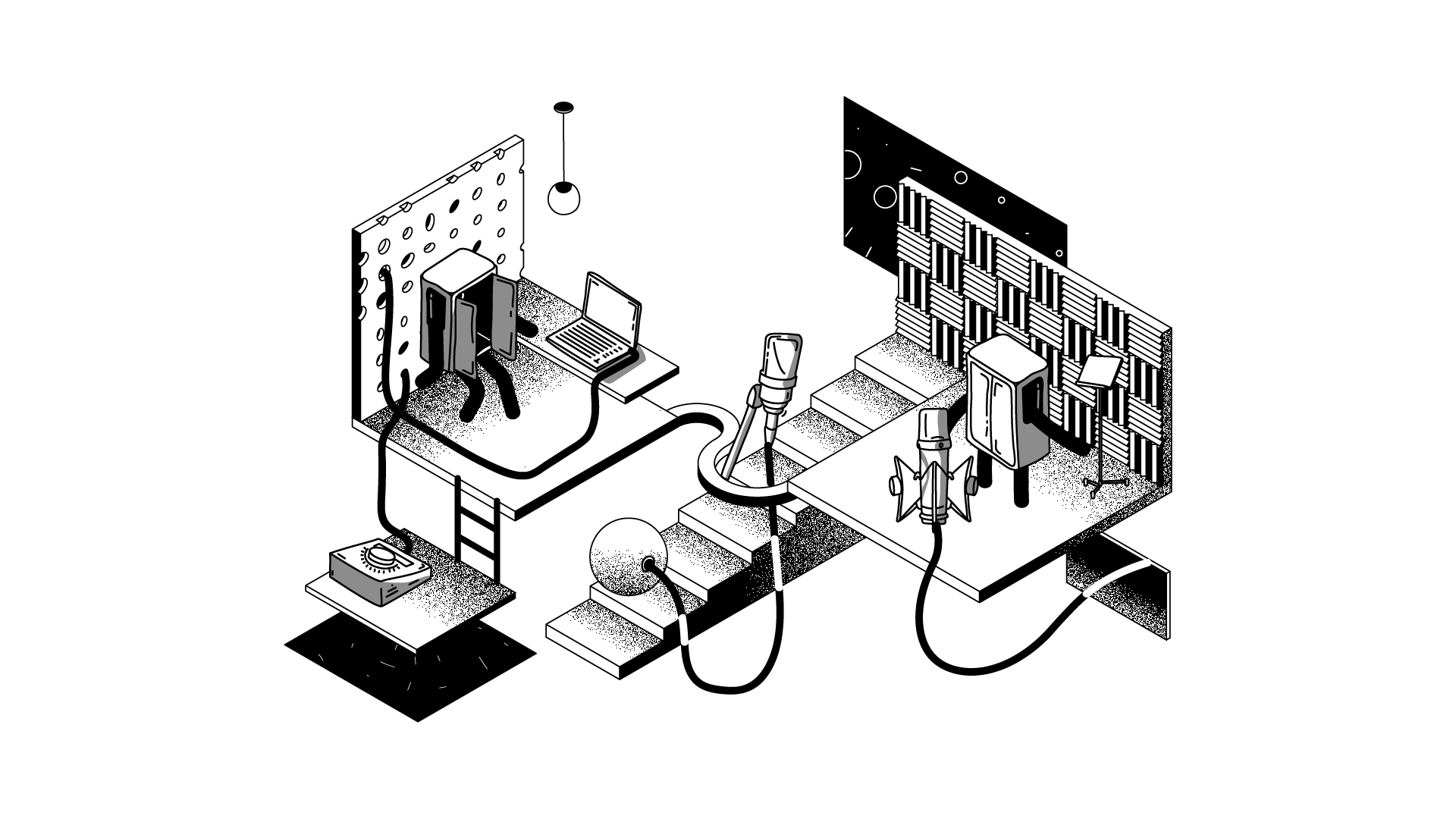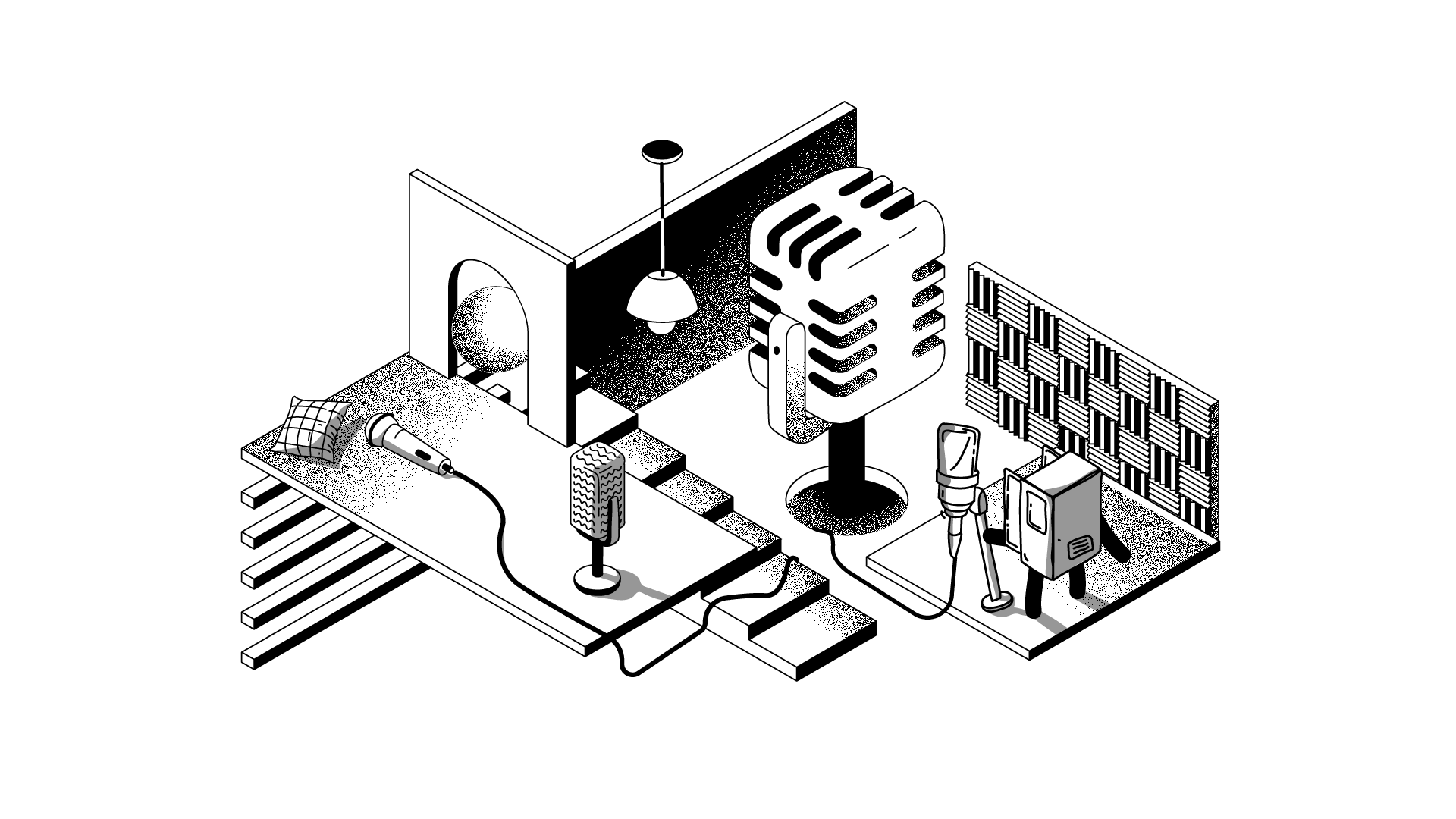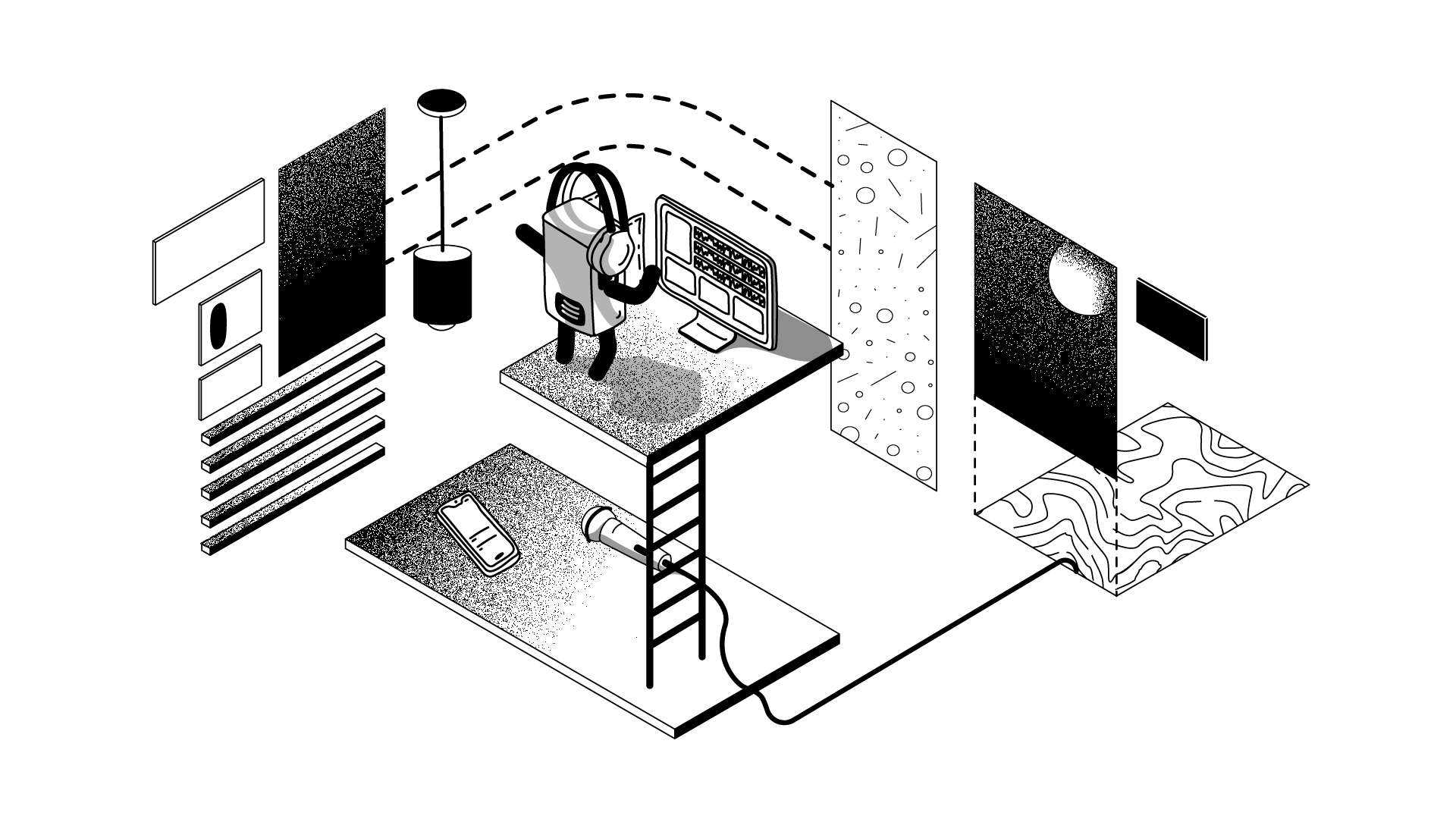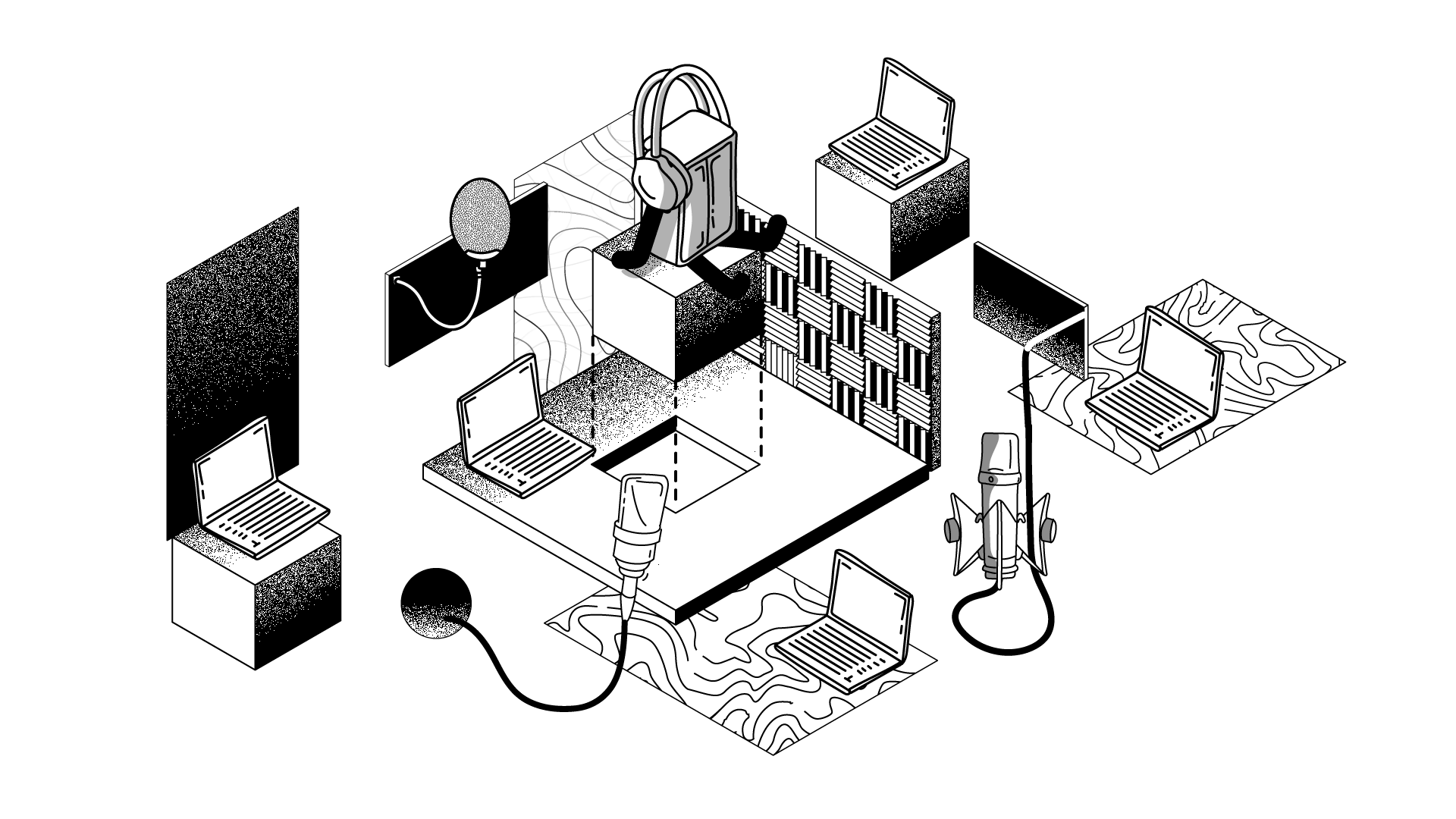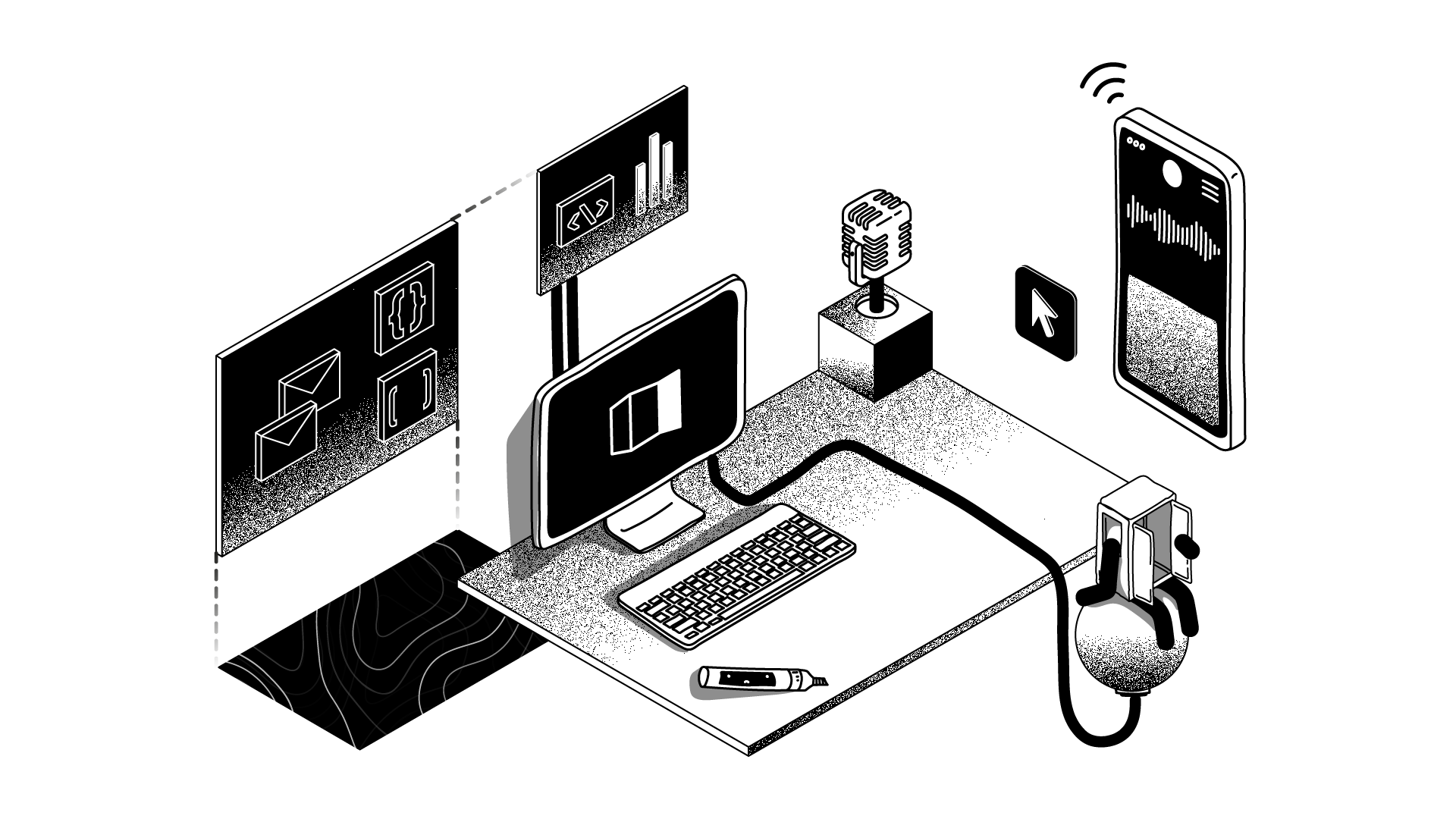What is a pop filter?
Pop filter, windscreen, pop shield, or pop screen—whatever you call it, this simple microphone filter is a game-changer for clean, professional audio. But what is a pop filter, what does it do, and why is it essential for voice acting? Whether you’re just starting out or upgrading your studio, this guide explains everything you need to know about the different types of pop filters and how to choose the right one.
What is a pop filter?
A pop filter is a circular mesh or nylon screen placed between your microphone and your mouth. Its job is to reduce unwanted “popping” sounds caused by plosive consonants like P and B. When you say these sounds, bursts of air hit the microphone’s diaphragm, creating harsh noises.
By diffusing this airflow, the pop screen acts as a barrier that keeps your recordings clean and professional. For voice actors, understanding what is a pop filter is key to producing crisp audio that clients will actually want to use.
What does a pop filter do?
So, what does a pop filter do beyond reducing plosives?
-
It disperses airflow without affecting sound waves.
-
It balances audio by minimizing low-frequency spikes.
-
It improves vocal clarity, helping you sound smooth and consistent.
For voice actors, this means fewer retakes, cleaner auditions, and recordings that sound studio-ready.
A pop filter contributes to overall audio balance by minimizing low-frequency spikes to maintain consistent airflow, helping you improve your audio. So, understanding what does a pop filter do enables you to prepare the best possible acoustic environment for your recordings.
What are the different types of pop filters?
There are several types of pop filters, and the best choice depends on your setup. Different types of pop filters are available in multiple shapes, sizes, and materials. A microphone filter can be circular or semicircular, angled over the grille, while others have a wraparound rectangular style for complete coverage. A microphone filter is also available in three different pop screen material options.

1. Foam Windscreens: These fit directly over the microphone. They’re lightweight, affordable, and great for outdoor or portable recording. However, they don’t filter plosives as effectively as other options.
2. Nylon Mesh Pop Screens: The most common option in home studios, these microphone filters attach in front of your mic. They’re inexpensive, easy to use, and perfect for everyday voice-over work.
3. Metal Mesh Filters: Professional-grade pop filters made of metal allow a wider frequency range to pass through. They’re durable and ideal for high-fidelity recordings like audiobooks, commercials, or narration.
How to choose the right pop filter
When selecting the best types of pop filters for your needs, consider the following:
- Filter Type: Decide between foam, nylon, or metal mesh based on your recording environment and audio needs.
- Mic Compatibility: Ensure the pop filter fits your microphone type—condenser, dynamic, or lavalier.
- Adjustability: Look for a microphone filter with flexible goosenecks or adjustable arms for easy positioning.
- Material Quality: Higher-quality materials often offer better sound diffusion and last longer.
- Filter Density: Multiple layers of mesh or foam can improve plosive reduction without muffling your voice.
- User Reviews: Insights from other voice actors on the best types of pop filters can guide your decision.
- Extra Features: Consider options like microphone filters with detachable screens, anti-vibration mounts, or compatibility with shock mounts.
Top Recommended Brands:
- Auray PFSS-55: Reliable and durable with minimal sound coloration.
- Nady MPF-6: Offers excellent value with a dual-layer mesh design.
- On-Stage ASFSS6-GB: Great adjustability and robust performance.
- Avantone PS-1 Pro Shield: Premium quality and excellent plosive control.
- Shure PS-6 Popper Stopper: A classic choice known for reducing wind noise and pops.
Conclusion
If you’re recording podcasts, audiobooks, commercials, or auditions, understanding what is a pop filter is essential. It ensures your audio stays professional, free of plosives, and easy for clients to work with. For voice actors, a microphone filter isn’t optional—it’s part of the standard toolkit. Whether you’re recording a podcast, audiobook, or commercial, a pop screen helps eliminate distracting noises and keeps your voice clear and professional. From podcasting to commercials, radio ads, or audiobooks, a pop filter microphone is a must-have tool for refining audio quality so your voice sounds crisp and clear in every recording.
FAQ's
A pop filter reduces plosive sounds—like the strong bursts of air from P and B consonants—that can distort recordings. It disperses airflow before it hits the microphone, ensuring cleaner, smoother audio.
Yes, pop filters are highly effective at reducing plosives and improving audio clarity. While they don’t eliminate all unwanted noises (like room echo or breathing), they’re essential for professional-sounding voice recordings
While a pop filter won’t fully eliminate inhales and exhales, it can soften the impact of breath bursts that hit the mic. To reduce breathing noise further, adjust mic technique, practice breath control, or edit out breaths in post-production.
Yes. A common DIY pop filter uses a piece of foam or mesh that’s attached to a stand. While DIY options can work in a pinch, investing in a proper pop screen is better long-term for durability and consistent quality.








